The A-Team: Allergies and Asthma
April showers bring May flowers…and allergies…and asthma. The latter part is often left out of the rhyme, however, you can’t overlook its importance, especially during Asthma and Allergy Awareness Month.
Since World Asthma Day is on May 2nd, we thought now would be the best time to discuss the connections between asthma and allergies, while also sharing some tips to limit symptoms during the peak of the season.
Allergies and asthma, while two separate ailments, often come hand in hand during this time of year. Per the NIH, of the more than 24 million people affected by asthma, nearly three quarters of them also have allergies. Since each may cause respiratory symptoms, allergies can both worsen and trigger asthmatic episodes, which often results in people diagnosed with allergic asthma. Although this doesn’t affect everyone, the symptoms of allergic asthma are fairly the same. According to WebMD, symptoms are likely to be the following:
- Cough
- Wheeze
- Shortness of breath
- Fast paced breathing
- Chest tightness
While non-allergic asthma can be triggered by other things such as a change in weather or tobacco, allergic asthma can be triggered by allergens such as the following:
- Windblown pollen from trees, grasses, and weeds
- Mold spores and fragments
- Dust mite feces
- Cockroach feces
- Animal dander (dead skin)
While the Mayo Clinic outlined treatments designated to help both conditions – Allergy shots (immunotherapy), Anti-IgE therapy – today, we’ll offer you some tips to help control the allergen induced asthma attacks.
- Stay inside when pollen counts are high
- Control indoor humidity
- Check for pet allergies
- Keep your kitchen and bathroom clean and dry
- Choose air filters wisely
- Careful with outside work (e.g. raking, gardening)
For personalized strategies on how to avoid your triggers, please consult with your R-Health doctor, and come up with the best plan to get you through the season.

